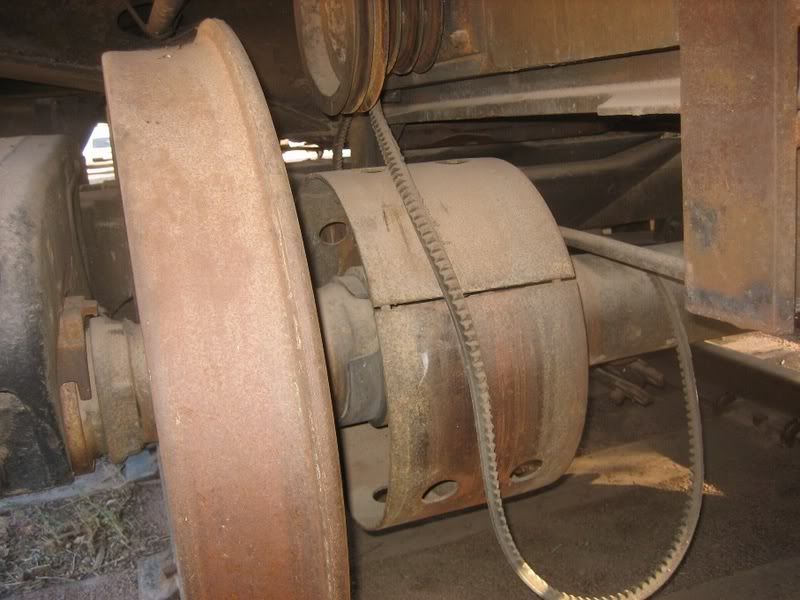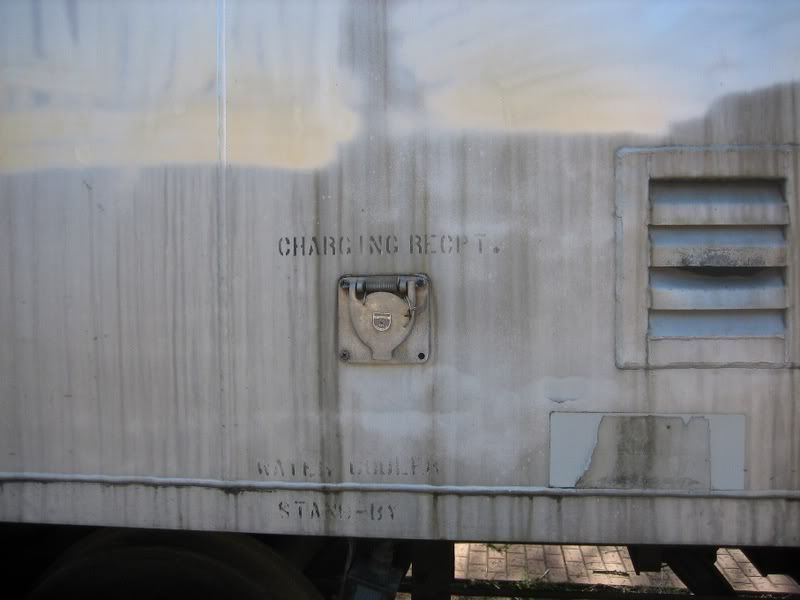I forget if it was in Classic Trains or Trains, but it seems like a year and a half ago, Trains had a good story about a young kid who worked in a station house on the Road Island–I think in Iowa, maybe Manly. During a snow storm, a freight train missed its orders–apparently not seeing them altogether.
After the cabose also missed the orders, the kid lit a flare and waived it at the train but the train kept going. The kid, then ran into the station and called headquarters in a panic–knowing that the orders included an unusual incoming local and required the freight train to take an unusual siding.
The kid was, naturally, concerned that, due to the near white-out conditions caused by the snow storm, one of the two trains may run through a signal and there would be a head-on collission.
As it turned out, as one of the cabose men was taking a bite of his sandwich, he happened to glance back and see the kid waiving the flare. Five minutes later, the freight train backed up to the station and an appreciative engineer received its orders.
Question:
In those days, without radio, how did the cabose man communicate to the engineer that the train had missed the orders and to back up to the station?
Gabe

